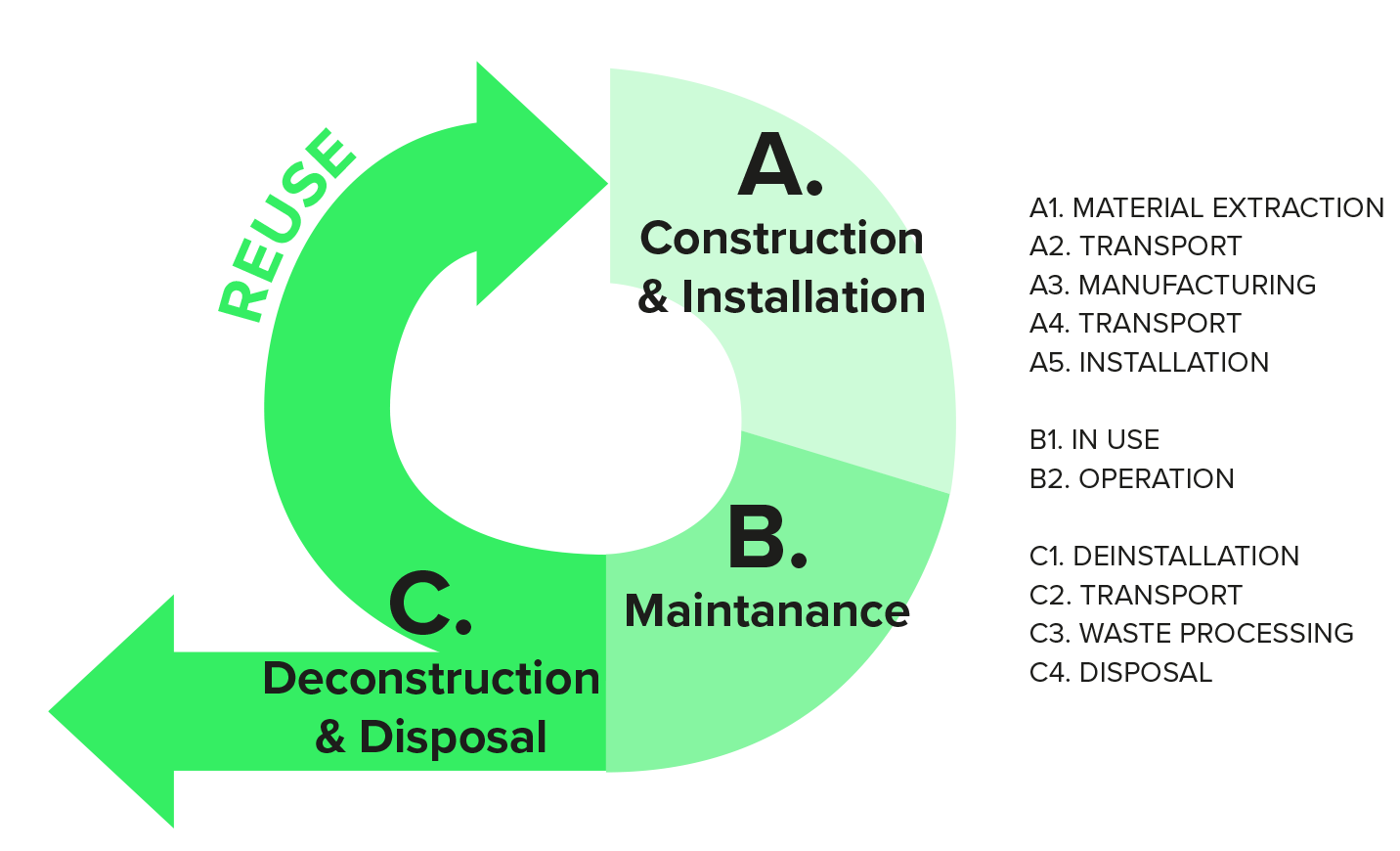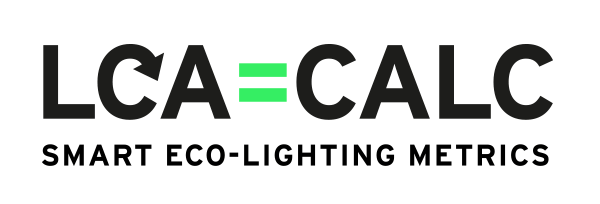Life Cycle Assessment tool
The tool is to be used to do the assessment of the environmental footprint of LED light fixtures through the life cycle assessment methodology. It covers the materials production, the fixture manufacturing, its distribution, use and end-of-life.
Data on the materials used to manufacture the fixture, on its manufacturing, distribution, use and end-of-life are used as inputs to the modelling. Some characteristics of the fixture (lifetime, light output, driver power output and electricity consumption during use and stand-by) also need to be provided.
As of the beginning of 2022, no European guidance has been published on the methodology used to perform the assessment was based on in-house choices. The methodology will be aligned with the upcoming European guidance once it is published.
Life cycle assessment evaluates products through the service they provide and the results are related to a certain amount of this service. Here, the environmental footprint of a light fixture is related to the following functional unit: “providing 1,000 lumens for 50,000 hours”. The light output and the components’ lifetime are then taken into account in the calculations.

The background processes, i.e., the materials production and transformation, transports, electricity generation and waste treatment, were modelled using datasets from the life cycle inventory database ecoinvent v3.6, using the cut-off by classification system model. The average global context was considered for the material production and transformation, transports and waste treatment. Specific regional electricity grid mixes can be used for the use stage.
An important methodological issue to be needs to be addressed is the modelling of reuse and recycling, as they are at the boundary between life cycles, the one generating the components or materials to be reused or recycled, and the ones using those components or recycled materials. Here, the life cycle of reused components starts from the transport of the used fixture back to the manufacturing site to be disassembled, zero burden from the previous life cycle are allocated to the components. A similar approach is used for recycling, which is considered a recycled material production process rather than a waste treatment process. All burdens associated with the collection, sorting and recycling of the waste material are allocated to the recycled material and the life cycle which uses it. Both approaches are consistent with the system model of the Ecoinvent LCI database used.
The environmental footprint takes the form of a series of environmental indicators results covering a broad range of environmental issues. Two life cycle impact assessment methods can be used, the Environmental Footprint (3.0 version) and IMPACT World+ methods. Whereas the first only provides 16 midpoint indicators, the second provides two endpoint indicators, Human health and Ecosystem quality, and two midpoint indicators, Fossil and nuclear energy and Mineral resources, the two endpoint indicators aggregating several midpoint ones.
Several inventory level indicators generally found in environmental product declarations (EPD) are not provided by the tool, as they are not included in the European Product environmental footprint methodology.
LCA methodologies
EF3.1
EF3.1 is a methodology based on european standards, that shows the 16 official environmental indicators. At the end all indicators are combined into a single score.
IMPACT World+
World IMPACT+ is a methodology used to convert the inventoried inputs and outputs of the product system into four considered environmental impact indicators: Human Health, Ecosystem Quality, Fossil and Nuclear Energy Use and Mineral Resources Use.
